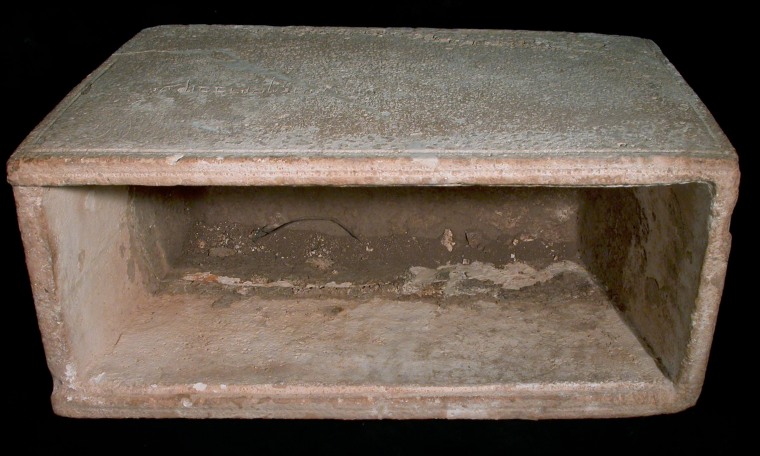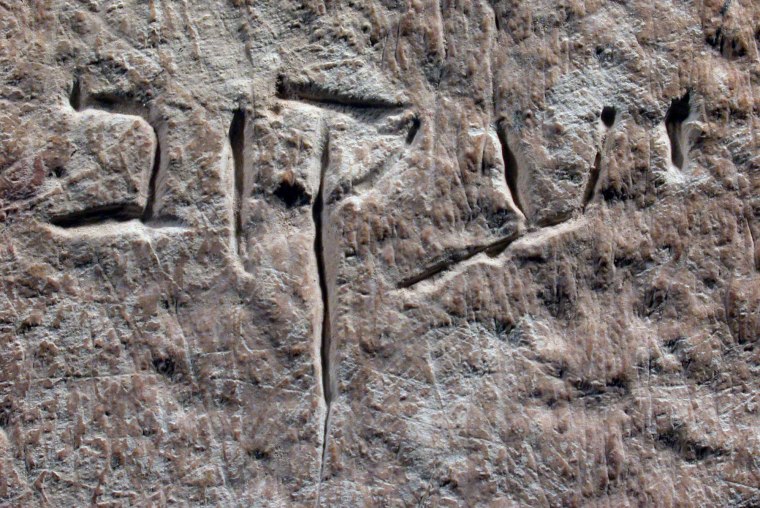An American geologist has rebutted an Israeli analysis that casts doubt on the authenticity of an inscription naming Jesus on an ancient burial box.
The article, published in Friday’s editions of the Biblical Archaeology Review, is the latest chapter in a long and heated debate about the inscription on a small, 2,000-year-old limestone chest, or ossuary, used to hold the bones of the dead.
Biblical Archaeology Review was the magazine that first disclosed the inscription on the beige box: “James, son of Joseph, brother of Jesus.” If it is indeed the container that held the remains of James, and it referred to Jesus of Nazareth, it would be the oldest physical link ever found between the modern world and Jesus.
Its editor, Hershel Shanks, has said he believes the burial box is authentic and the debate around it is fraught with “archaeological politics.” Israeli researchers still insisted it is a fake.
Holy or hoax?
According to biblical accounts, Jesus’ brother, James, led the early church in Jerusalem and was stoned to death as a Jewish heretic in A.D. 62.

In June, experts from Israel’s Antiquities Authority announced that an analysis of the inscription showed it was a modern forgery, although the box itself dated back to the first century, a time when burial in stone boxes was a widespread Jewish custom in Jerusalem.
Israeli researchers said the main clue that the inscription was phony was that its letters had been cut through a soft gray residue that could not have built up naturally with age and thus was most likely a homemade paste smeared over the inscription to make it appear old.
James Harrell, a geologist at the University of Toledo and a member of the Association for the Study of Marble and Other Stones in Antiquity, wrote in the publication that the Israeli investigation was flawed.
The inscription, he said, could be ancient and the traces of residue found within its letters might have been left behind by something used to clean the inscription, or someone might have smeared the film over the lettering to hide the cleaning.
Uzi Dahari, one of the 14 committee members from the Antiquities Authority who studied the burial box and declared it a forgery, said the possibility that someone might have cleaned its inscription is very remote. He said that it would take an expert working in a laboratory to clean such small letters and then coat them with the film.
“Who cleaned it? Why would you clean it?” he said. “If it was genuine, nobody would touch it. This is a forgery, 100 percent,” Dahari said. “Sometimes you have doubts. In this issue, we have no doubts.”
The Israeli collector who owns the box, Oded Golan, has tried to deflect the determination that it’s a forgery by saying that his mother once cleaned and scrubbed part of the inscription, although he didn’t know with what. Golan has been arrested on suspicion of forging sacred artifacts.
